The Mora Romagnola pig is also known by some other names such as Bruna Romagnola, Castagnina, Forlivese and simply as Mora.
It is from Emilia-Romagna and raised mainly in this area and also in Campania, Friuli–Venezia Giulia, Lombardy, the Marche, Piemonte and the Veneto. The breed is one of the six autochthonous pig breeds recognized by the Ministero delle Politiche Agricole Alimentari e Forestali, the Italian ministry of agriculture and forestry.
There were many similar but distinct regional sub-types of the Mora Romagnola pig breed in the early 20th century, including the Forlivese from the area of Forli, the Faentina from the area of Faenza and the Riminese or Mora Riminese from the area of Rimini.
All of these types of pigs were began to crossed with the British Yorkshire pigs from the beginning of the 20th century. Those British Yorkshire pigs were first imported to the area in 1886.
Total population of the Mora Romagnola pig breed were 335,000 in 1918 in Italy. But the total population rapidly declined before and after the Second World War. And total number had fallen to about 22,000 animals in 1950.
But their numbers have increased mainly due to a recovery project launched by the World Wildlife Fund, the Università degli Studi di Torino and other institutions.
A herdbook for the Mora Romagnola pig breed was established in 2001, and it is kept by the Associazione Nazionale Allevatori Suini, the Italian national association of pig breeders.
In the year of 2007, the conservation status of the breed was listed as ‘critical‘ by the FAO. A population of 1063 was reported at the end of 2012. Read more information about this Italian pig breed below.
Mora Romagnola Pig Characteristics
Mora Romagnola pig is a small to medium sized animal and it has a typical long body. It is mainly very dark brown with a coppery hue in coloration.
But the sows have a thicker ridge of longer bristles along the back and the skin is dark grey, with a rosy colored underside.
Head of the animal is long with straight profile and forward-growing ears. The ears cover a long, tapering snout. The young animals have fulvous colored hair, which becomes darker as they grow.

Average height of both boars and sows is around 80 cm, but the boars are pretty taller than the sows.
Average live body weight of the mature boars is around 200 kg. And the mature sows on average weight around 160 kg. Photo and info from ansi.okstate.edu and Wikipedia.
Special Notes
The Mora Romagnola pig is relatively an active breed. It is quite prone to become fat like most old-fashioned pig breeds.
The breed grow relatively slower, but it is vigorous and well adapted to outdoor management system. The animals are excellent grazers and very good for extensive pig farming system.
The breed remains at risk from crossing with Italian Duroc pigs, but the first-generation hybrids are difficult to distinguish from pure-bred stock.
And the first-generation crosses preserved some of the meat quality of the local breeds, but they grew much faster.
And these hybrids were known as Fumati, mainly because of their smoky coloring. However, review full breed profile of the Mora Romagnola pig breed in the following chart.
| Breed Name | Mora Romagnola | |
| Other Name | Bruna Romagnola, Castagnina, Forlivese and simply as Mora | |
| Special Notes | Relatively active, quite prone to become fat, grow relatively slower, vigorous, well adapted to outdoor management system, excellent grazers, good for extensive pig farming system | |
| Breed Size | Small to medium | |
| Boars | Around 200 kg | |
| Sows | Around 160 kg | |
| Climate Tolerance | Native climates | |
| Color | Mainly very dark brown with a coppery hue coloration | |
| Rarity | Rare | |
| Country/Place of Origin | Italy |

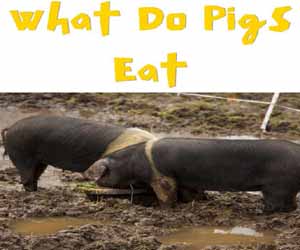
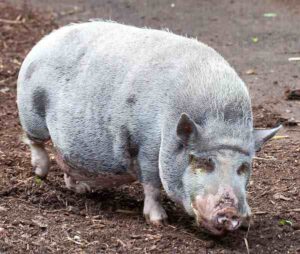
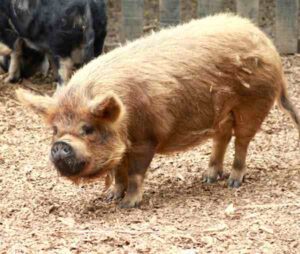

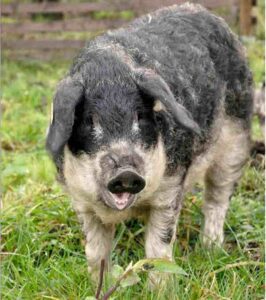
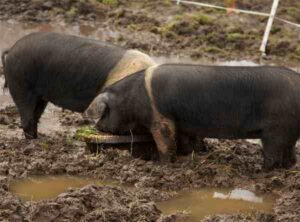
Nice pigs but my favourite is the Turopolje pig 👍